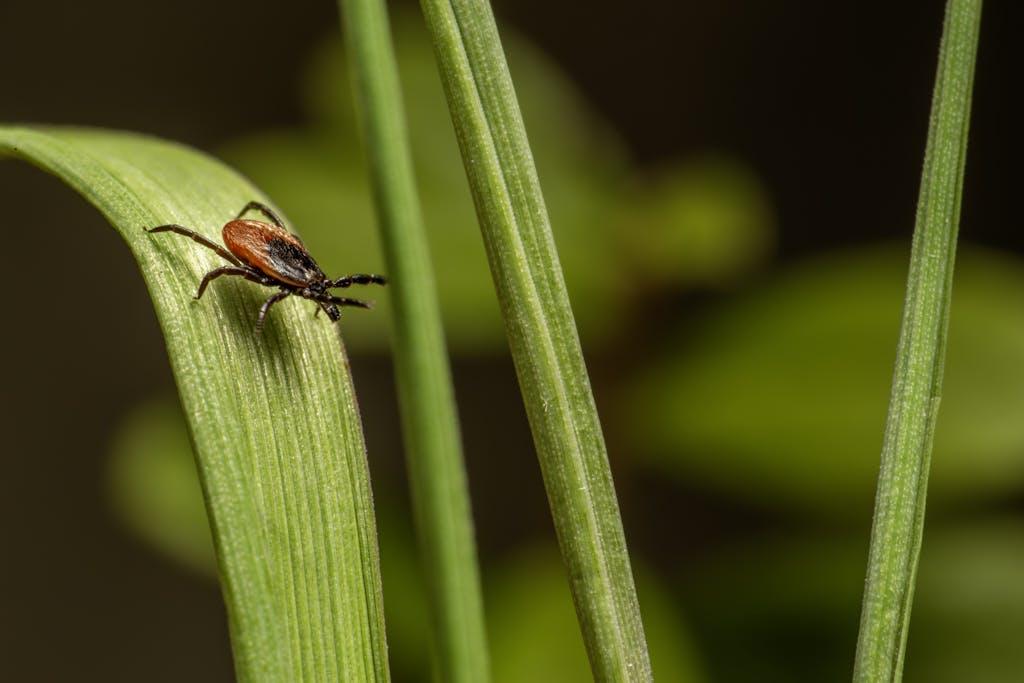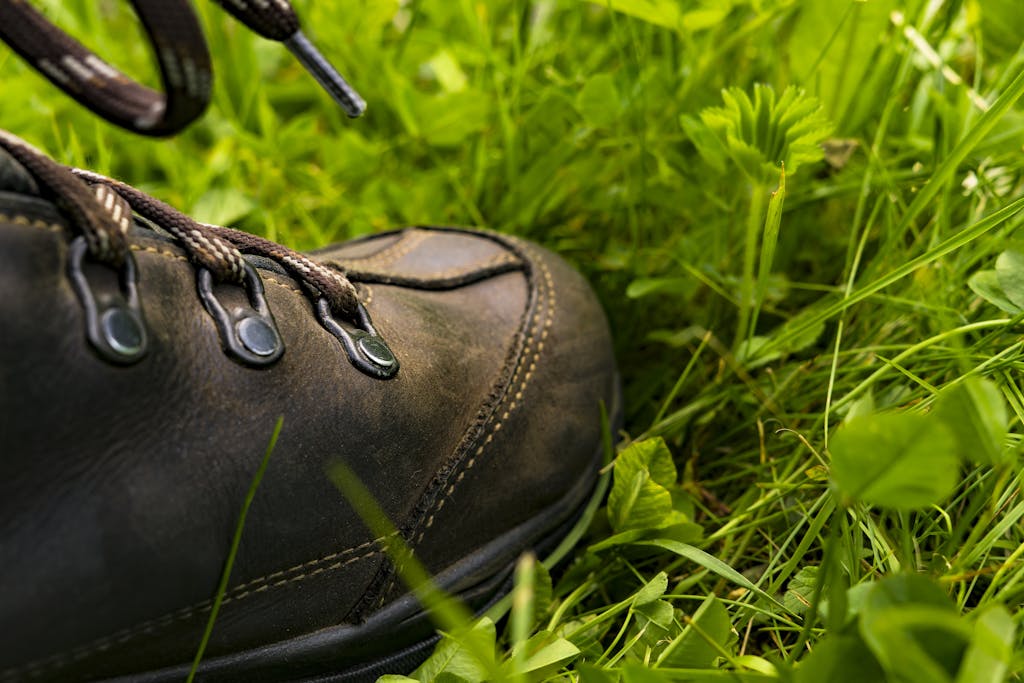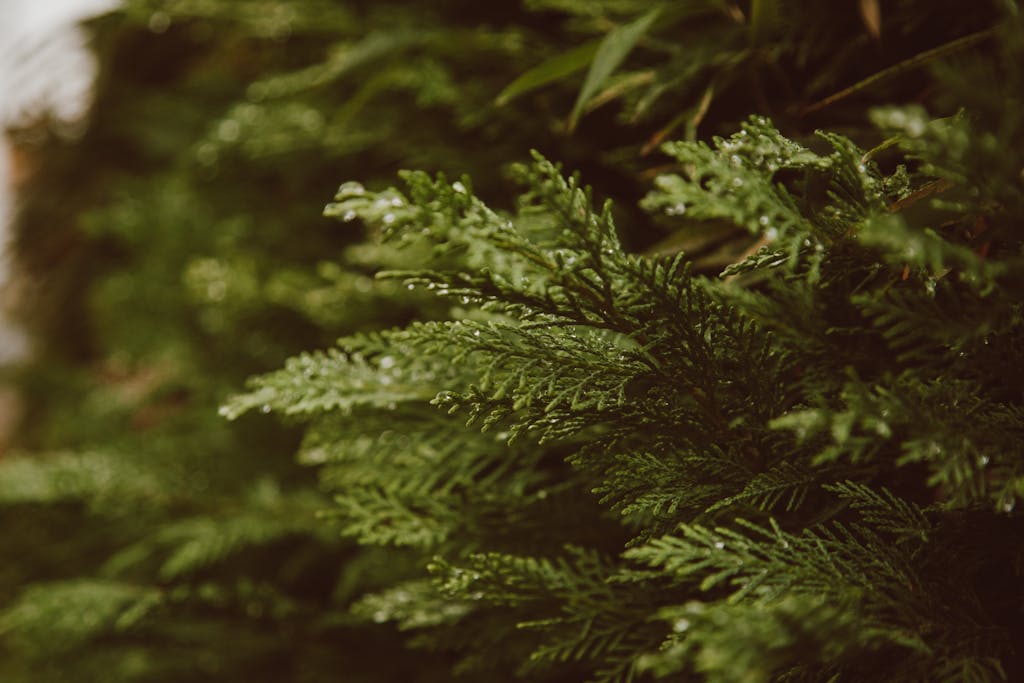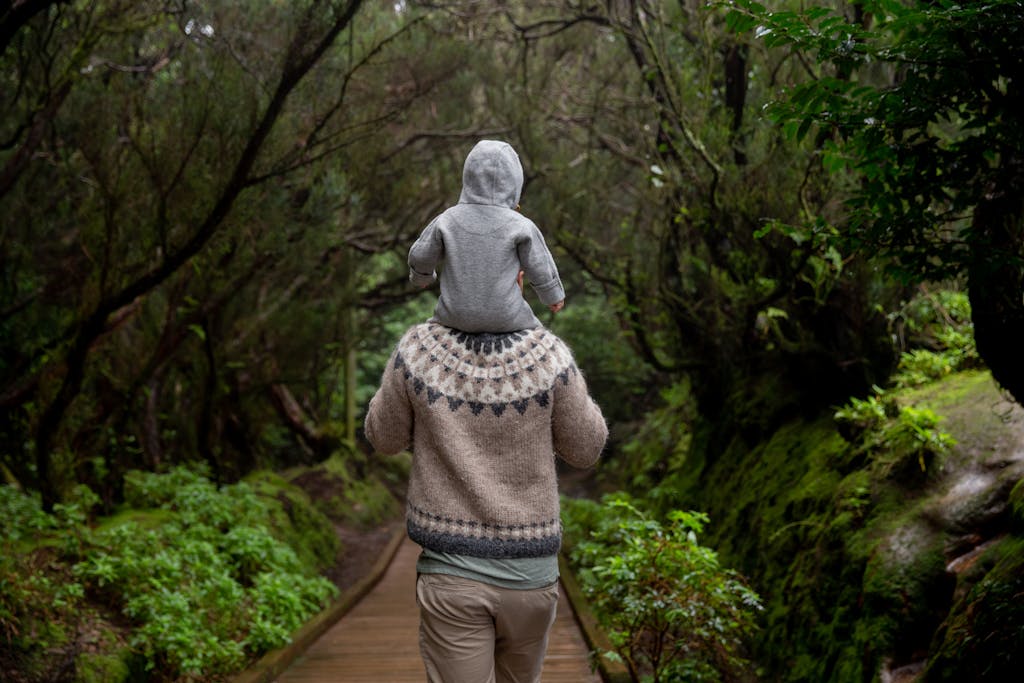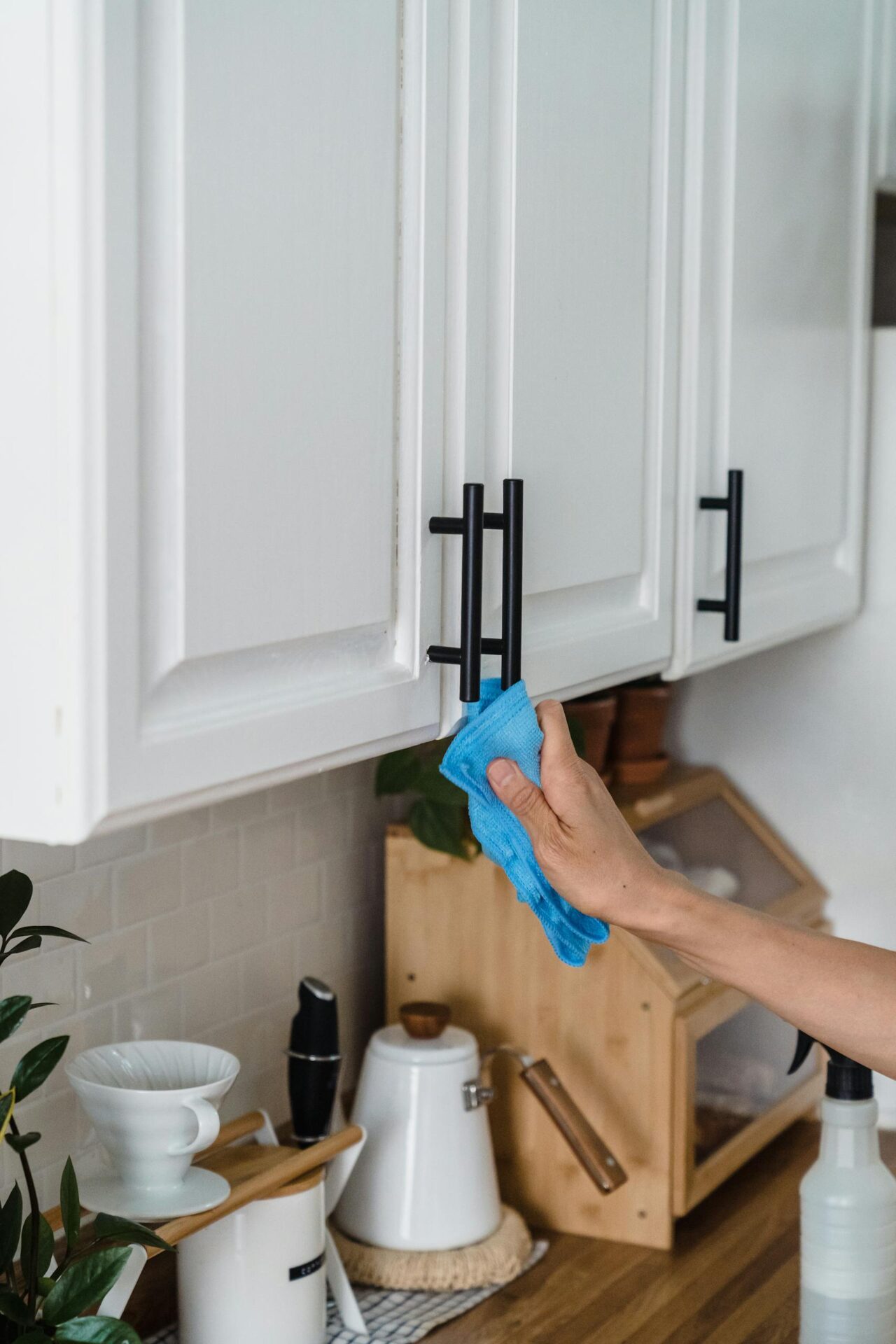
Imagine this: it’s a warm summer evening. You’ve got the grill going, the kids are barefoot in the grass, and everything feels perfect… until the bugs show up.
You reach for the bug spray, then pause. Do you really want to douse your toddler in chemicals just to keep the mosquitoes away? What about your dog, who’s always right in the mix? That familiar worry creeps in: is this stuff even safe for my family?
You’re not alone. I’ve been that mom. Swatting bugs off my baby’s legs while silently cursing every bite. Mosquitoes, ticks, gnats… they don’t just ruin a good time. They can bring more serious concerns like West Nile virus or Lyme disease. And while conventional bug sprays do work, most come with a catch: DEET, permethrin, synthetic fragrances, which are eingredients many of us are trying hard to avoid.
But you don’t have to choose between toxic sprays or being eaten alive. There are effective, natural, non-toxic bug sprays out there, and they actually work. In this post, I’ll share our favorite DEET-free bug repellents (yes, they’re safe for kids and pets too), plus a few extra tips for keeping your yard bite-free all summer long.
Let’s dive into some safer, smarter ways to tell bugs to buzz off.
Before We Get Started…
If you’re 18–24, this is your chance to get all the best Prime perks at half the price with Amazon Prime for Young Adults.
Eligible ages: 18–24. Membership continues after trial at 50% off standard Prime.
Not 18–24?
You can still get all the savings and benefits of a standard Prime membership.
Includes fast, free delivery, Prime Video, exclusive deals, and more.
Why Go Natural? The Case for Non-Toxic Pest Solutions
The Downside of Chemical Sprays
Let’s start with the obvious: conventional bug sprays work. But at what cost? Most are powered by DEET, a synthetic pesticide designed to scramble an insect’s ability to find you. It’s effective, no doubt. But the smell is strong, the texture is greasy, and many parents hesitate to use it daily, especially on young kids.
And it’s not just sprays. Insect-repellent clothing is often treated with permethrin, another synthetic insecticide. While it can be helpful in high-risk areas, many eco-conscious families feel uneasy about coating their baby’s clothes or bedding in something that’s toxic to cats and fish, even in small amounts.

Health and Environmental Concerns
Health agencies like the CDC and EPA do say DEET is safe when used properly. But even they recommend washing it off after use, keeping it out of your eyes and mouth, and avoiding over-application. For some, it can cause skin irritation or rare allergic reactions.
More concerning? DEET can be toxic to aquatic life and may linger in the environment longer than we’d like. That means spraying your legs before a lake day might do more harm than good if the runoff ends up in the water.
Choosing natural alternatives offers peace of mind. You’re not just protecting your kids, you’re reducing your family’s chemical exposure overall, and being kinder to the planet in the process.
Yes, Natural Repellents Actually Work
This is the part that surprises people: you don’t need DEET to stay bite-free.
The CDC actually recognizes Oil of Lemon Eucalyptus (OLE) as an effective, plant-based mosquito repellent. It’s the active ingredient in several EPA-approved non-toxic bug sprays. In head-to-head tests, it can perform just as well as lower-strength DEET.
You’ve also got citronella, peppermint, cedarwood, lemongrass, and even thyme oil in your natural toolkit. These essential oils have real mosquito-fighting power, especially when used in the right concentration. (One study found thyme oil could provide 91% protection against mosquitoes when applied correctly.)
Natural doesn’t mean weak. It just means smarter ingredients and fewer chemicals.

Feel Good and Family-Friendly
For those of us who read labels and avoid synthetic fragrances, non-toxic bug spray just feels better. Many are made with USDA Organic ingredients, and they’re designed to be gentle on sensitive skin, even baby skin. You won’t have to second-guess whether it’s safe if your toddler licks their arm (because they probably will).
They’re also safer for pets and pollinators, unlike permethrin or DEET-based sprays that can harm bees or aquatic life. With natural repellents, you’re not just protecting your kids from itchy bites, you’re creating a safer, more sustainable outdoor space for everyone.
And you don’t have to DIY it. There are high-performing, mom-approved, non-toxic bug sprays out there. Many of them are on Amazon and easy to grab before your next camping trip.
Let’s take a look at what really works.
How Non-Toxic Bug Sprays Work (and What to Look For)
Not all “natural” repellents are created equal. To really understand what makes one effective and safe, you need to know what’s inside the bottle. Here’s a breakdown of the most common plant-powered ingredients in non-toxic bug sprays, and how they help keep bugs away (without putting your family at risk).
Oil of Lemon Eucalyptus (OLE)
This is one of the most effective natural ingredients out there. It comes from the leaves of the lemon eucalyptus tree and contains a compound called PMD (p-Menthane-3,8-diol). PMD works by confusing a mosquito’s scent receptors so they can’t find you.
OLE has been tested and proven to offer up to 6 hours of protection, similar to low-concentration DEET. It’s even recommended by the CDC in areas where mosquitoes carry disease.
Citronella Oil
You’ve probably smelled this one before. It’s the go-to scent for mosquito-repelling candles and sprays. Citronella works by masking the natural scents that attract bugs, like carbon dioxide and sweat.
It’s safe and gentle, but it evaporates quickly. That means you’ll need to reapply often, usually every hour or so, for continued protection. It’s ideal for backyard hangs and casual use, especially in candles or incense sticks.
Cedarwood Oil
Cedar oil does more than just repel insects, it can disrupt their nervous system, especially in soft-bodied pests like fleas, mosquitoes, and ticks. It’s found in many yard sprays and even some on-skin repellents.
The best part? It’s non-toxic to humans and pets, so you can spray it around your yard or garden without worry. It smells woodsy and earthy, and works best when used consistently during pest season.
Peppermint, Lemongrass, Rosemary, Geranium & Other Essential Oils
Many essential oils contain natural compounds that repel bugs by scent alone. Peppermint and lemongrass are especially effective at keeping mosquitoes and flies away.
Rosemary and geranium have strong anti-pest properties too, and cinnamon oil has even been shown to kill mosquito larvae. These oils are commonly found in both DIY bug sprays and commercial herbal blends.
Just remember: essential oils are powerful. Even natural options should be used with care.
A Quick Word on Safety
Just because something is “natural” doesn’t mean it’s risk-free, especially when we’re talking about concentrated oils on delicate skin.
Always
Never
If you’re unsure, talk to your pediatrician, especially before using any product on infants.
What to Look for on Labels…
Shopping for a non-toxic bug spray doesn’t have to feel overwhelming. Here’s what to scan for on the bottle:
Top 7 Non-Toxic Bug Sprays and Outdoor Pest Solutions
We’ve tested, researched, and rounded up our favorite natural bug repellents so you don’t have to scroll through a million labels wondering what’s safe.
Every product below is free of DEET, permethrin, synthetic fragrances, and harsh chemicals. Most are made with plant-based ingredients like citronella, cedarwood, or lemon eucalyptus. Many are safe for kids, pets, and even babies over 6 months (just double-check age recommendations).
These aren’t just clean, they’re effective, too. From backyard playtime to weekend hikes, these sprays, balms, and outdoor solutions have earned rave reviews from real families, including ours.
Let’s dive in.
Badger Anti-Bug
Badger is a family-owned, solar-powered, B‑Corp brand with a reputation for clean, USDA-certified organic skincare products. Their Anti-Bug Shake & Spray combines essential oils—citronella, cedarwood, lemongrass, rosemary, geranium, and peppermint—with soybean and castor oils in a recyclable aluminum bottle. Independent lab tests show it repels mosquitoes for about 3–4 hours. The rub-on balm version features beeswax and olive oil for a portable, gentle option. Both are DEET-free, GMO-free, and cruelty-free.
California Baby Natural Bug Spray
Designed specifically for infants and toddlers, this spray blends citronella, lemongrass, and cedarwood oils into a light, biodegradable, pediatrician-tested formula. It’s safe for children 6 months and up and perfect for dusk playtime or outdoor naps. Sensitive skin families love it for its gentle texture and calm scent. Packs of two are often available on Amazon, making it stroller-bag friendly.
3 Moms Organics “TickWise” Natural Tick & Insect Repellent
Developed by moms in Long Island, TickWise offers serious pest protection without DEET. It mixes essential oils like citronella, cedar, rosemary, geranium, and peppermint in a plant-based blend that repels ticks, mosquitoes, and more. Safe for children, adults, dogs, and even horses, this family- and pet-friendly spray is a hit with hikers and campers.
Yaya Organics All Natural Extra Strength Tick Repellent
A natural powerhouse from tick-heavy zones, Yaya Organics’ Tick Ban blends essential oils—cedarwood, peppermint, thyme, geranium, lemongrass, and rosemary—into a DEET-free, fast-absorbing spray. It’s safe for kids, adults, and dogs, thanks to its non-greasy, lab-tested formula. Great for hiking, camping, and backyard adventures in tick-prone areas.
Murphy’s Naturals
Murphy’s Naturals hails from Raleigh, NC, and is a certified B‑Corp and 1%‑for‑the‑Planet member. They craft an array of bug‑fighting formulas—from sprays to candles to balms—using plant-powered ingredients like oil of lemon eucalyptus (OLE), citronella, rosemary, and cedarwood. Their signature 30% OLE spray uses sustainably sourced distillation methods, offers up to 6 hours of bite protection, and comes in bottles made from 50% recycled plastic. Plus, 2% of their revenue supports environmental nonprofits. Perfect for families who want reliable, eco-friendly pest control.
US Organic Anti Bug Spray
This pair of USDA Organic, cruelty-free pump sprays delivers lab-tested mosquito protection using botanical blends—no DEET, synthetic fragrances, or animal testing involved. Perfect for families prepping for summer gatherings, travel, or camping, each eco-conscious bottle offers a clean alternative for outdoor time.
doTERRA Terrashield Essential Oil Outdoor Blend Spray
doTERRA’s TerraShield is a professional-grade essential oil blend in a sesame oil base, featuring lemongrass, thyme, cedarwood, geranium, and peppermint. This clean spray is designed for outdoor use and is especially handy for hikes, picnics, or camping. Sold as a convenient twin pack, it reflects doTERRA’s commitment to purity and potency.
Tips for Using Natural Bug Sprays Effectively
You’ve got your non-toxic spray in hand, now let’s make sure it actually works. Natural repellents can be incredibly effective, but how you use them makes a big difference. Here are a few simple, science-backed tips to boost protection and make every spritz count.
Apply Correctly and Generously
Natural bug sprays aren’t like chemical-heavy ones. They work with your body, not against it. But that also means they need a little more love when you apply them.
Shake it up first
Essential oils can settle at the bottom of the bottle, so give your spray a good shake before using.
Cover all exposed skin
Don’t just mist the air and hope for the best. Apply directly to arms, legs, neck, and even clothes. Natural formulas often need a more even, generous coating to do their job.
Reapply every 2–4 hours
Unlike DEET, natural ingredients like citronella and peppermint evaporate faster, especially in heat or humidity. Reapply as needed, especially after swimming or sweating.
Combine Methods
One spray can help. But combining methods? Think of it like layers of armor:
Light a citronella candle or incense stick near your gathering area.
Run a fan on the porch (mosquitoes are weak fliers).
Dump standing water around the yard—old buckets, flowerpots, birdbaths, etc. Mosquitoes breed there.
Dress smart: At dusk, go for light-colored long sleeves and pants when you can. It helps, especially in mosquito-heavy zones.
Know Your Pest
Different bugs need different strategies. By knowing who you’re fighting, you can pick the right non-toxic bug spray. Here’s a quick breakdown to help you target your biggest issue:
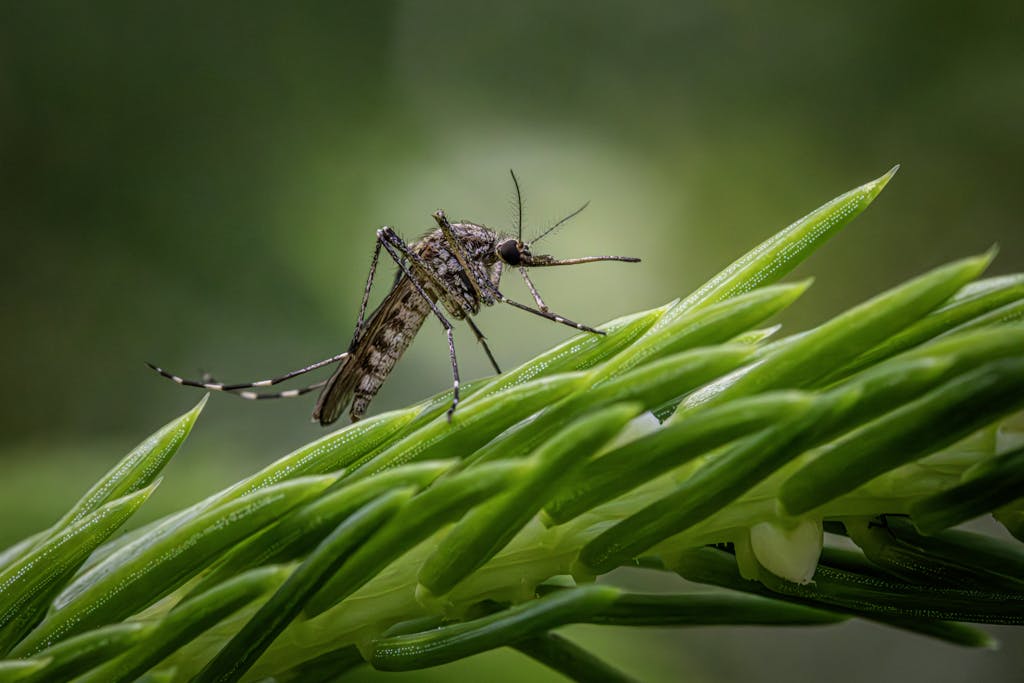
Mosquitoes
Ticks
Gnats & Flies
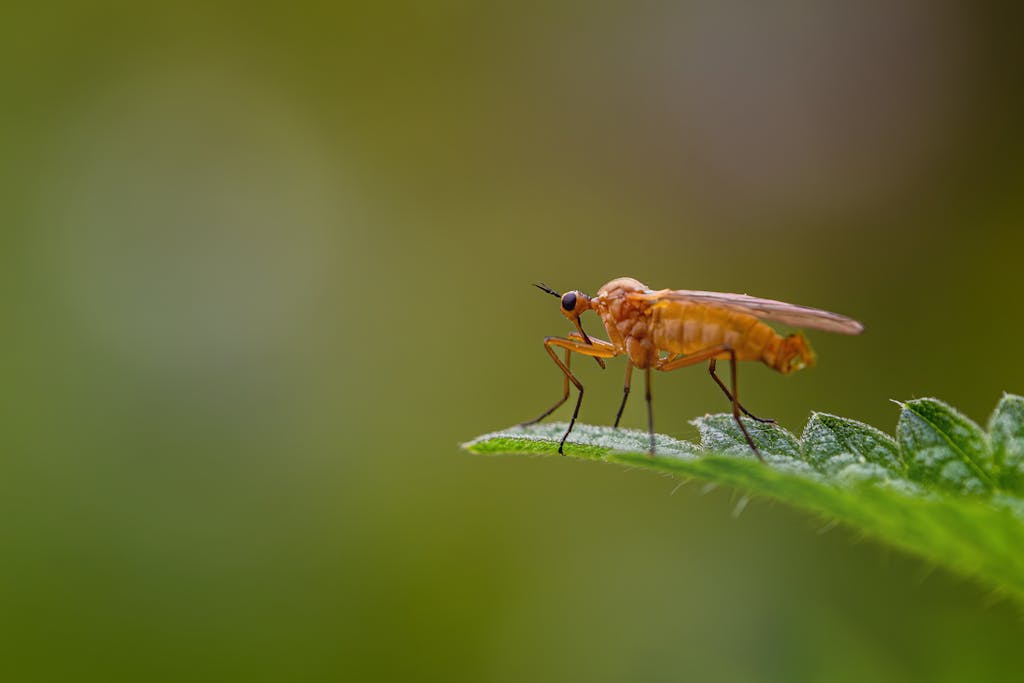
Keep It Handy & Make It a Habit
The best non-toxic bug spray is the one you actually use. Keep a bottle by the back door, in the stroller, or tucked in your car’s cup holder. When it’s easy to reach, you’ll actually remember to use it.
And because natural sprays smell fresh and chemical-free, your kids won’t complain. It can become as routine as sunscreen: spritz, play, repeat.
Patch Up the Perimeter
Your yard is part of the plan too. A few natural tweaks go a long way in keeping pests out of your space. These low-effort upgrades add another layer of natural protection, without any sprays or chemicals:
🌱 Plant mosquito-repelling herbs and flowers like marigolds, lavender, citronella grass, basil, or rosemary around patios and porches.
💡 Swap your porch lights for yellow “bug lights”—they attract way fewer insects than white bulbs do.
💧 Eliminate standing water weekly. Even a bottle cap of water can become a breeding ground for mosquitoes.
The goal? Fewer bites, fewer worries, and more time enjoying the outdoors with your family. When you combine thoughtful application with natural strategies, you can have a bug-free summer and peace of mind.
A Quick Story From Our Hiking Trip
Last weekend, we took a family hike on the North Shore. One of those slow, beautiful mornings where everything feels peaceful. The trail was shaded and breezy, the plumeria were blooming, and our toddler was happily pointing at every lizard and bird we passed.
But of course… the bugs found us fast.
I sprayed the whole family down with California Baby Natural Bug Spray before we hit the trail: ankles, wrists, neck, all the usual bite zones. It’s always a must for us in the more humid areas, like the waterfall trails.
The good news? Not a single bite on the little one, and my husband was totally fine too.
The bad news? I was so busy making sure my family was protected that I forgot to spray myself. By the time we got back to the car, I had three itchy reminders on my legs.
Lesson learned: even in paradise, the bugs don’t play around. And non-toxic bug sprays do work when you actually use them.
Some frequently asked questions
Conclusion
Saying bye-bye to bugs the natural way? It’s 100% possible and way more doable than most people think. You don’t have to settle for itchy bites or spray your kids in chemicals.
From gentle, non-toxic bug sprays sprays to incense sticks, citronella candles, and even backyard treatments safe enough for pets and pollinators, there are so many effective options that actually work and keep your family’s health at the center.
So go ahead and plan that summer barbecue. Let the kids chase fireflies. Pack for your next camping trip without tossing a bottle of DEET in the bag. With the right natural tools, you can enjoy the season bug-free and worry-free.
✨ Imagine the peace of mind: your little ones outside at dusk, covered in a soft mist of lavender and citronella instead of chemical fumes. Everyone’s laughing, not scratching. That’s the kind of summer we all deserve.
Have a favorite non-toxic trick up your sleeve? Or a go-to bug spray your family swears by? Share it in the comments, we crunchy parents gotta stick together in the fight against bites.
(P.S. We’ve linked to our favorite products above. If you grab something through those links, we may earn a small affiliate commission—at no extra cost to you. It helps us keep Naturally Non-Toxic going strong, and we truly appreciate your support 💛)
join the newsletter
Want more non-toxic guides? Subscribe today.





















